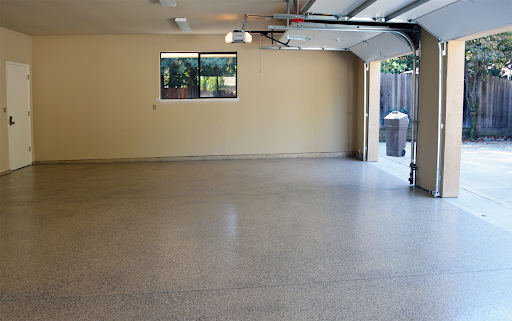Thinking about buying a home? The deposit is often the first step on the path to ownership. Knowing what you need and how to reach your savings goal can make the process smoother. Setting a clear target allows for better financial planning and ensures you are prepared for additional costs beyond the deposit.
A common question is, “how much do I need for a deposit?” The amount varies based on factors such as property price, lender requirements, and available assistance schemes. Understanding these elements can help you establish a realistic target and structure your savings effectively.
Understanding Deposit Requirements
Lenders generally require a percentage of the property price as a deposit. While 20% is often recommended, some loans accept lower deposits with additional costs like lenders’ mortgage insurance (LMI). Government support schemes can also reduce the upfront amount needed. Knowing these details helps in setting achievable savings goals.
Different loan options come with varying deposit conditions. Comparing lenders and understanding their terms ensures you select an option that aligns with your financial plans. Seeking professional guidance can also provide clarity on specific deposit requirements. Staying informed about interest rates and repayment structures will also help you prepare for future costs.
Building a Strategic Savings Plan
A structured savings plan makes it easier to stay on track. Start by assessing your income, expenses, and potential adjustments to free up more funds. Automating deposits into a dedicated savings account can create consistency. Establishing a timeline for achieving your goal can help you stay motivated and disciplined.
Breaking down the total amount into smaller, achievable milestones helps maintain motivation. Regularly reviewing your progress ensures you stay on schedule and make necessary adjustments to keep moving forward. Tracking spending habits and reducing unnecessary expenses can further enhance savings potential.
Exploring Additional Financial Support
Several initiatives assist buyers in securing a deposit. Government schemes, grants, and stamp duty concessions can help reduce upfront costs. Researching available options ensures you maximise any benefits. Understanding the eligibility criteria for different assistance programs is essential for making informed decisions.
First-time buyers may qualify for assistance programs that lower the deposit requirement. Lenders also offer different loan structures, some of which allow lower deposits with alternative conditions. Knowing your options helps in making informed decisions. Speaking to a financial expert can also clarify how to leverage these support options effectively.
Managing Expenses to Boost Savings
Reviewing current spending habits can identify opportunities to save more efficiently. Simple adjustments, such as reducing discretionary spending or renegotiating utility bills, can accelerate deposit accumulation. Being mindful of recurring expenses ensures that savings remain consistent.
Creating a budget that prioritises essential expenses while limiting non-essential purchases helps maintain steady progress. Setting realistic yet ambitious goals ensures savings efforts remain sustainable over time. Allocating a portion of any bonuses or unexpected income to your savings can also help reach the deposit goal faster.
Staying Committed to Your Goal
Maintaining focus on your deposit goal requires consistency. Regularly tracking savings progress and making adjustments as needed can keep you motivated. Visualising the benefits of homeownership can reinforce commitment. Setting reminders and celebrating milestones along the way can help maintain enthusiasm.
Unforeseen expenses may arise, but having an emergency fund ensures they don’t disrupt deposit savings. Staying adaptable and disciplined allows you to manage financial shifts without losing momentum. Keeping a clear financial roadmap can help you stay resilient in the face of unexpected financial challenges.
Planning Beyond the Deposit
Beyond the deposit, homeownership involves other costs such as legal fees, stamp duty, and ongoing maintenance. Factoring these into your financial plan ensures there are no surprises. Planning ahead for these expenses will help maintain financial stability post-purchase.
Having a buffer in your savings can ease the transition into homeownership. Consider speaking to experts about hidden costs and potential expenses to avoid financial strain. Preparing for these additional commitments ensures that homeownership remains a rewarding and sustainable investment.
Finding the Right Home Loan Option
Choosing the right loan is just as important as saving for a deposit. Various lenders offer different repayment terms, interest rates, and borrowing conditions. Comparing these options ensures you select a loan that fits your financial situation and long-term goals.
Fixed and variable interest rates each have their benefits, depending on market conditions and personal preferences. Speaking with financial professionals can provide clarity on which loan type aligns best with your budget and repayment capacity. Understanding the flexibility of repayment terms can also help in selecting the most suitable option for your financial stability.
How much do I need for a deposit? A well-structured plan keeps house deposit goals within reach. A well-structured plan keeps house deposit goals within reach. By understanding requirements, leveraging financial support, and maintaining disciplined savings habits, securing a deposit becomes a manageable process. With the right approach, reaching your homeownership goal is a step closer to reality.









